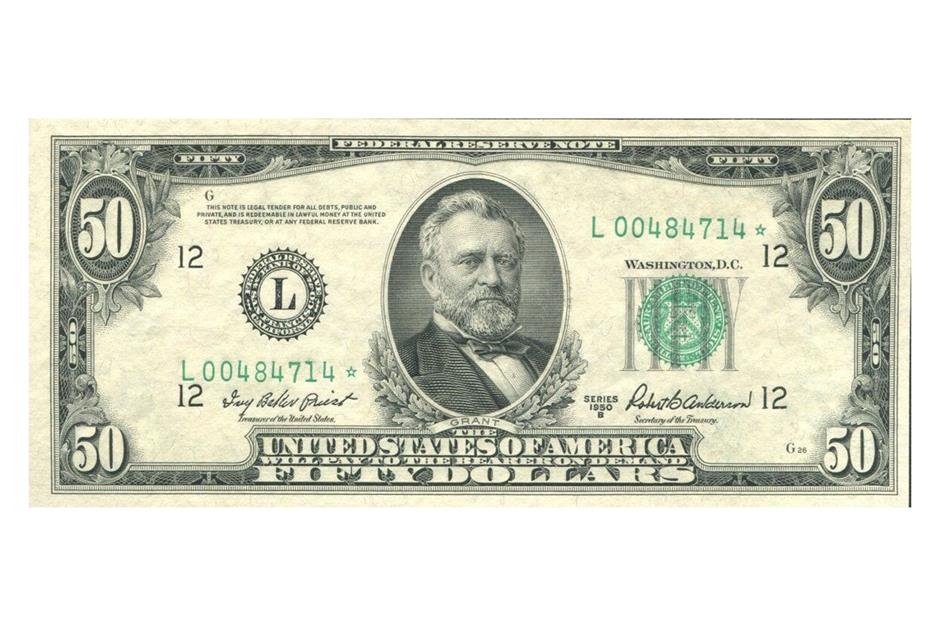A National Insurance number (NI number) has three parts – a prefix of two letters, six numbers, and a suffix of a single letter. For example, AB123456C. Your NI number has no personal information about you; it is a randomly allocated reference number.
The prefix is simply two letters that are allocated to each new series of NI number. The Department for Work and Pensions (DWP) is currently issuing new NI numbers with prefixes starting with P and S, e.g. PL, PM, PN and SG, SH, SJ, etc. Some prefixes are specific to certain parts of the UK, e.g. JY = Jersey, MN = Isle of Man, BT = Northern Ireland. Each series has 999,999 different numbers. New NI numbers are allocated consecutively, e.g. PN000001A, PN000002B, PN000003C, PN000004D, PN000005A, etc.
The single letter suffix can be A, B, C or D. These were important in the early days of National Insurance contributions (NICs), where employers had to purchase NI stamps and stick them on cards for each employee. When the cards were complete, i.e. when they had a whole year’s worth of stamps attached, the employer had to send them to what was then called the Department for Social Security (now the DWP). They were not all sent in at the same time, but were submitted quarterly, with the quarterly submission dates defined by each suffix letter. For example, the card for NI numbers ending in A covered the three months to February and would be exchanged for a new card at the beginning of March. Similarly, cards for NI numbers ending in B would be exchanged in June, C in September and D in December. This arrangement allowed the workload involved in issuing new cards to be spread throughout the year. Today, the letters have no such relevance. Instead, the employer pays NICs to HM Revenue & Customs (HMRC) monthly or quarterly, and sends the details on a P14 Summary for each employee to the tax office after the end of each tax year.
There are some spurious explanations going round about the allocation of suffix letters, e.g. that the NI number allocated to your first child ends in A, to the second child B, and so on. Although the idea has some basis in history, it is not correct. For confirmation of the explanation given above, see http://www.hmrc.gov.uk/manuals/nimmanual/NIM39110.htm.
National Insurance Number (NINO) The NINO on other hand consists of two letters followed by six numbers and then again a suffix letter. It is also allotted once in a lifetime. It is used for tracking your lifetime national insurance contributions. HMRC sends an official letter for NINO issuance through its Department of Work and Pensions.


Serial Number On Uk National Insurance Letter

Serial Number On Uk National Insurance Letter Online

Your National Insurance number Your National Insurance number is your own personal account number. The number makes sure that the National Insurance contributions and tax you pay are properly recorded on your account. It also acts as a reference number for the whole social security system. Every National Insurance number is different. Don't include any personal or financial information, for example National Insurance, credit card numbers, or phone numbers. This feedback form is for issues with the nidirect website only. You can use it to report a problem or suggest an improvement to a webpage.

A correspondent queried why the NI numbers allocated to her two children, born several years apart, were consecutive, e.g. PN000001A and PN000001B (not their real numbers). The DWP explains that this situation arises as the result of a bulk allocation of NI numbers between 1989 and 1993, following a move to the national allocation of NI number prefixes. In 1992, every child whose parents were in receipt of Child Benefit was issued with a Child Reference Number (CRN). A CRN is the same as an NI number but is used before the child leaves school. If there was more than one child in a family at the time, they were issued with consecutive numbers. If you were in receipt of Child Benefit for more than one child in 1992, you might like to check if they also have consecutive NI numbers.